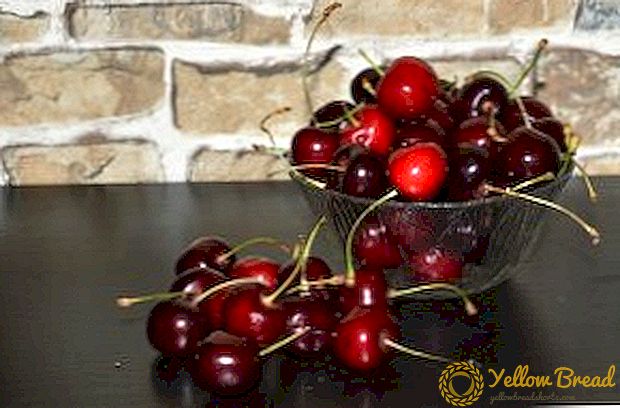The client had an explicit vision. She and her husband were building a house in northern California, and she wanted it to look like a sumptuous French château. When she went to San Francisco-based interior designer Paul Wiseman to seek help, she handed him a stack of images.
"Most of them were of Louis XVI houses in the south of France, but she also wanted a home with modern livability," says Wiseman, who understood the combination perfectly. He happens to be fluent in an improbable range of styles.
Quite the historian when it comes to period French, English, and Italian architecture, Wiseman also designs contemporary interiors with confidence and ease-so much so that he gets some enviable commissions. Currently, he's working on a residence with superstar architect Frank Gehry, whose playful modernism commandeered architecture starting in the 1980s.
In the case of this mannerly French manse, Wiseman and designer Brenda Mickel, a principal at his firm, jumped in early to collaborate with architects at Pacific Peninsula Group by helping refine proportions and select finishes. They also grappled with the project as a whole. As they struggled with the entry's staircase, Wiseman found the solution in an unexpected place. "In the middle of construction, I took a trip to Havana and visited a marvelous René Lalique house from the 1920s," he says. "There it was, the perfect staircase! I took every picture I possibly could." Below the Lalique-inspired stairs, Wiseman hung an apt painting: The abstract scribbles practically replicate the looping ironwork. "I love when traditional architecture is mixed with contemporary art," he says. "It makes interiors relevant. When you have objects from different times, it keeps the soul of a house going."
The traditional architecture is balanced with a mix of antiques and new furnishings, which keeps stuffiness at bay. When you have objects from different times, it keeps the soul of a house going.
Using serious antiques and reproductions in a traditional house is always a tightrope walk-it's difficult to keep stuffiness at bay. Wiseman, however, has a precise, intuitive touch. In a gallery where he used 19th-century French plaster reliefs above 18th-century Italian-gilt consoles, shapely urns balance on pedestals that look refreshingly industrial, like trusswork.
In the dining room, an old French chandelier might have felt as heavy as hollandaise, so he lightened things up with an 18th- century Russian one that brings to mind a ballerina, all lithe discipline and grace. It mixes brilliantly with the lean French sconces and whisper-quiet palette.

When it comes to accessories, Wiseman is as masterful as he is quirky. He topped a living room cocktail table with a chunk of rock crystal found at the Tucson Gem and Mineral Show, the Art Basel of rocks, where he goes every year to shop and be among mineral geeks. "They're millions of years old, and they add great character to a space," he says. "And it's really fun."
Over the course of his career, Wiseman has honed his ability to read body language and to understand what people want, even if they can't express it themselves. That intuitiveness, along with his visual acuity, extends well beyond his workday. "I have always been pretty visual," he says. "I have a critical mind. The only time I ever managed to turn it off was when I was rafting through rapids in the Grand Canyon. The scale was perfect, the colors were perfect, all the rocks were in the right place. I didn't have to do anything."
This article originally appeared in the January-February 2016 issue of Veranda. Take a full tour of the home here.






